In the education industry, it is important for high school chemistry labs to have all the necessary lab equipment for safe and effective practicals. Chemistry practicals are important in high schools so that the students clearly understand the principles of chemistry.
In this article, we are going to explore 10 must-have laboratory equipment for high school chemistry labs with their uses and handling instructions
1. Beakers

Beakers are simple cylindrical containers with flat bottoms, used for stirring, mixing, and heating liquids. They are versatile and essential for various experiments, from mixing chemicals to heating solutions.
Always handle beakers with care, especially when they contain hot liquids. Use beaker tongs or heat-resistant gloves to avoid burns. Wash beakers immediately after use with detergent and water. For stubborn residues, use a brush. Rinse thoroughly with distilled water and let them air dry.
Students should be reminded to never heat a beaker with cracks or chips, as it may shatter. Teachers should ensure that the beakers are stored in a way that prevents damage.
2. Test tubes

Test tubes are small cylindrical tubes made of glass or plastic, used to hold, mix, or heat small quantities of liquid or solid chemicals. They are ideal for conducting reactions on a small scale, making observations, and performing qualitative analysis.
Handle test tubes carefully to avoid breakage. When heating, always point the open end away from yourself and others. Clean test tubes with a brush and detergent. Rinse with distilled water and place them upside down to dry.
Students should be taught to use test tube holders or clamps when heating. Lab attendants should regularly inspect test tubes for cracks or damage.
3. Graduated cylinders

Graduated cylinders are cylindrical containers marked with horizontal lines to measure the volume of liquids precisely. Always read the measurement at eye level to avoid parallax errors. Use a dropper to add liquid if the volume needs to be adjusted.
Rinse graduated cylinders immediately after use with distilled water. For thorough cleaning, use a brush and mild detergent. Ensure that the markings are still readable.
4. Bunsen burners

Bunsen burners produce a controlled single open gas flame and are used for heating, sterilisation, and combustion. Light the Bunsen burner with a spark lighter or matchstick. Adjust the flame using the air supply valve for a blue (hotter) flame.
Ensure the burner is cool before cleaning. Wipe the exterior with a damp cloth and check for blockages in the gas supply. Students should be closely supervised when using Bunsen burners to prevent accidents.
5. Pipettes

Pipettes are tools used to transfer small volumes of liquid accurately making them essential for experiments requiring precise measurement of liquids. Use a pipette filler to draw liquids into the pipette. Avoid drawing liquid into the pipette bulb.
Rinse pipettes with distilled water after each use. If needed, soak in a detergent solution and rinse thoroughly.
6. Erlenmeyer flasks

Erlenmeyer flasks are conical flasks with a flat bottom and a narrow neck, used for mixing, heating, and storing liquids. Their shape allows easy mixing by swirling without the risk of spilling.
Handle Erlenmeyer flasks by the neck to avoid accidental tipping. Use a clamp when heating. Wash with detergent and water, using a brush for stubborn stains. Rinse with distilled water and let dry. Students should be reminded not to fill Erlenmeyer flasks to the brim to avoid spills.
7. Safety goggles

Eye protection is crucial in any lab to prevent injuries. Safety goggles protect the eyes from chemical splashes, debris, and other hazardous materials. Wear safety goggles at all times in the lab. Ensure a snug fit for maximum protection.
Clean goggles with mild soap and water. Rinse thoroughly and dry with a soft cloth. Teachers should enforce strict rules regarding eye protection and students should never remove safety goggles while in the lab.
8. Fume hoods
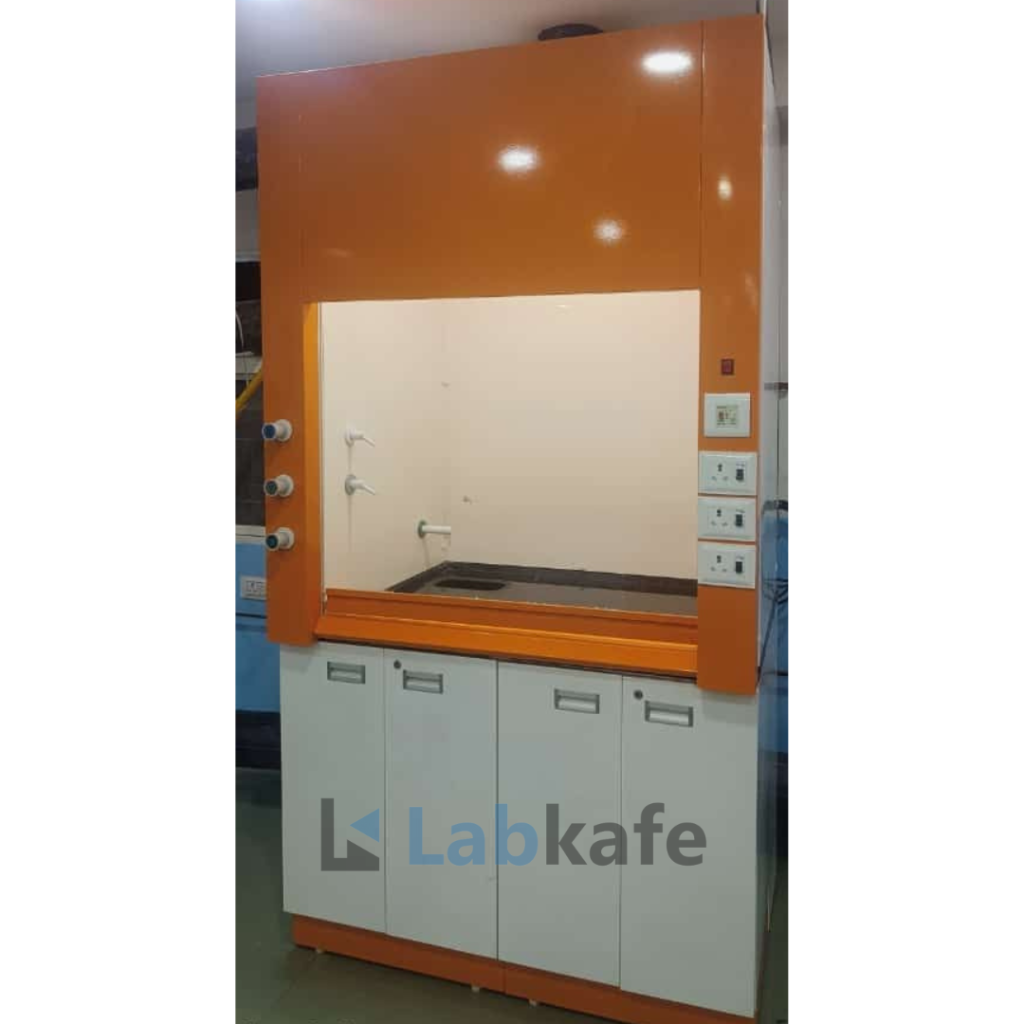
Fume hoods are ventilated enclosures that remove hazardous fumes and vapours from the lab. They provide a safe environment for conducting experiments involving toxic or volatile substances.
Always perform experiments involving dangerous chemicals inside the fume hood. Keep the sash at the recommended height. Regularly clean the interior surfaces with a damp cloth. Check and replace filters as needed.
9. Hot plates

Hot plates are electrical devices used for heating solutions in the lab. They provide a controlled and uniform source of heat for experiments. Place the container on the hot plate and adjust the temperature setting as required. Use heat-resistant gloves to handle hot containers.
Clean the surface with a damp cloth after it has cooled down. Avoid spilling liquids on the hot plate. Teachers should ensure that hot plates are turned off after use.
10. Digital balances

Precise measurements are crucial for accurate experimental results. Digital balances are electronic devices used to measure the mass of substances accurately. To ensure optimal accuracy, these balances should be placed on a stable, level surface. Before each use, proper calibration is essential. When measuring substances, it’s recommended to utilize a weighing boat or a piece of paper to minimize direct contact with the balance pan.
After use, clean the balance pan with a soft brush and a damp cloth. It is important to avoid spilling chemicals on the balance. Teachers should ensure that balances are serviced regularly for accuracy.
Conclusion
We have studied that beakers, test tubes, graduated cylinders, Bunsen burners, pipettes, Erlenmeyer flasks, safety goggles, fume hoods, hot plates and digital balances are the ten must-have lab equipment for high school chemistry labs. This equipment goes beyond facilitating experiments; it fosters a safe and accurate learning environment.
Having the right equipment in a high school chemistry lab not only enhances the learning experience but also ensures safety and accuracy in experiments. Explore our wide range of chemistry lab equipment at Labkafe to create a safe practical zone for your students.
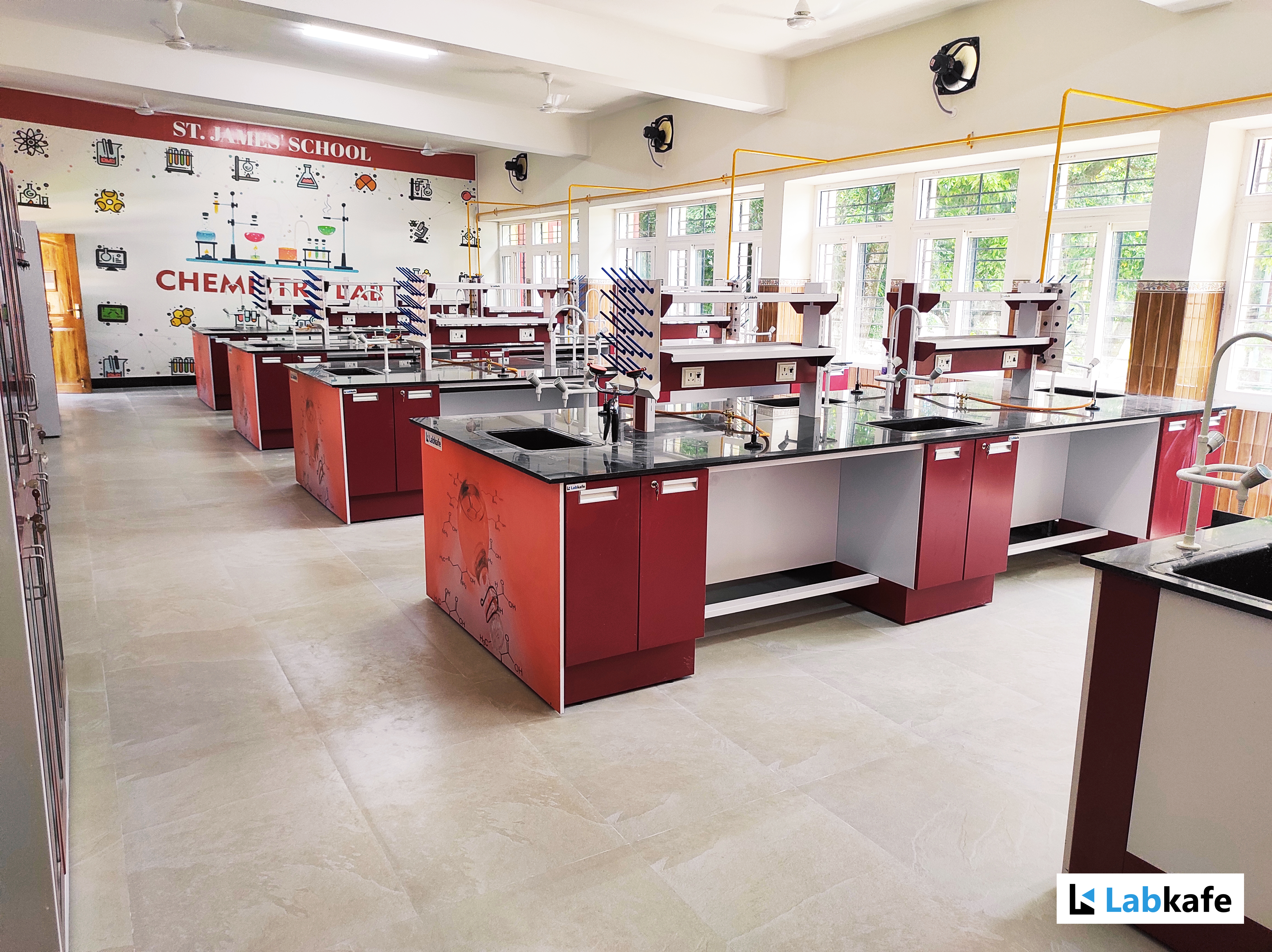
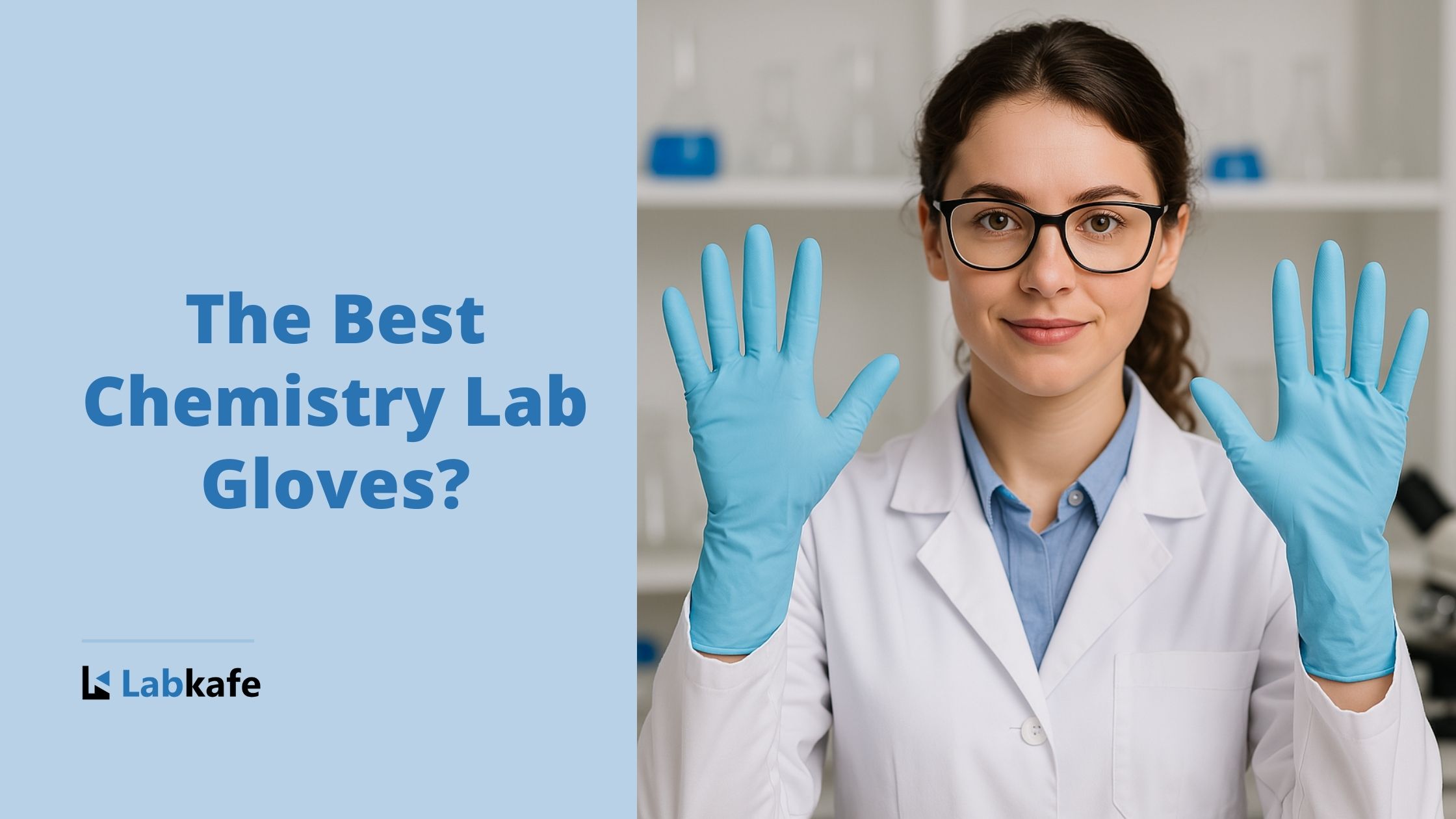
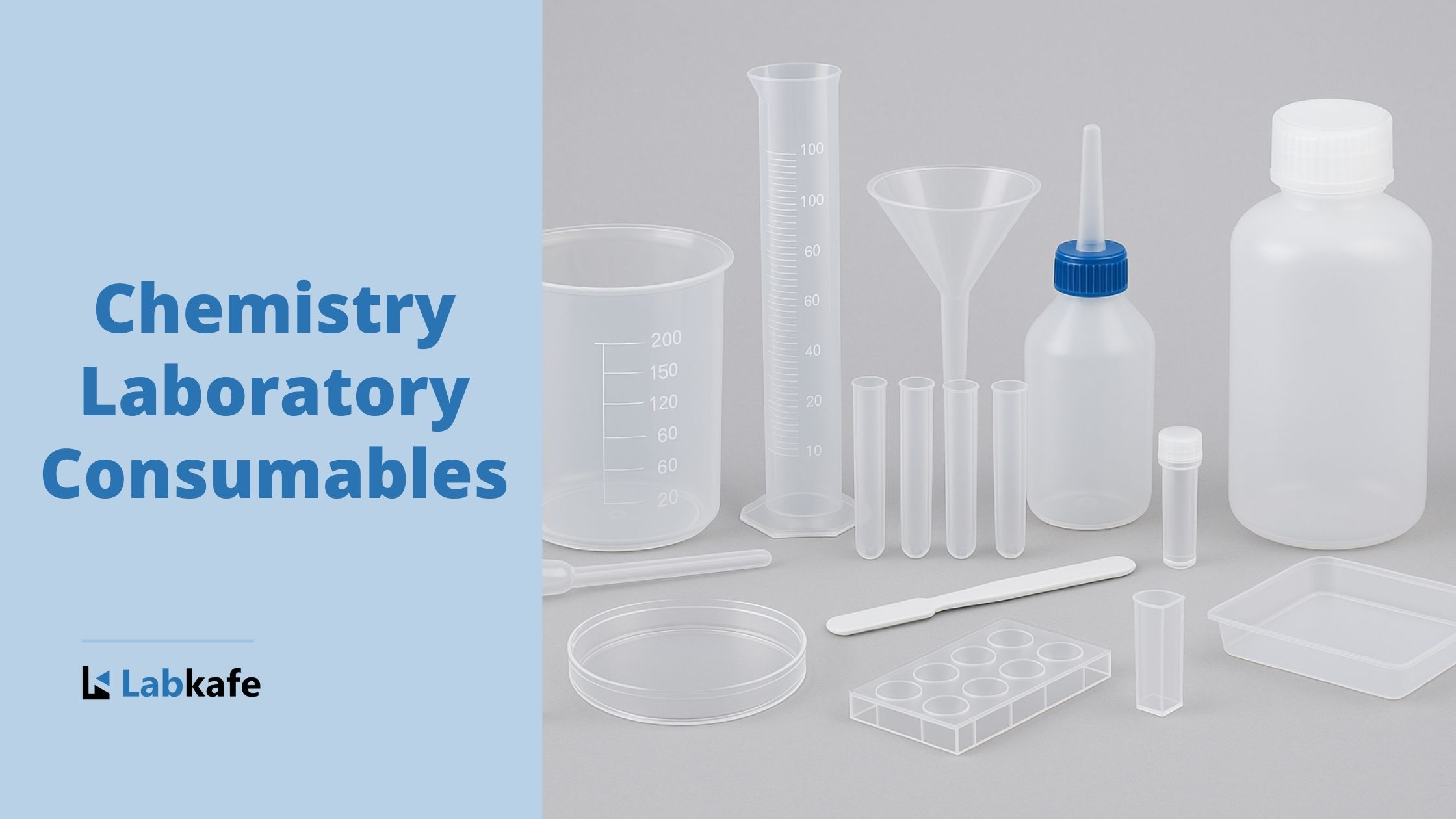
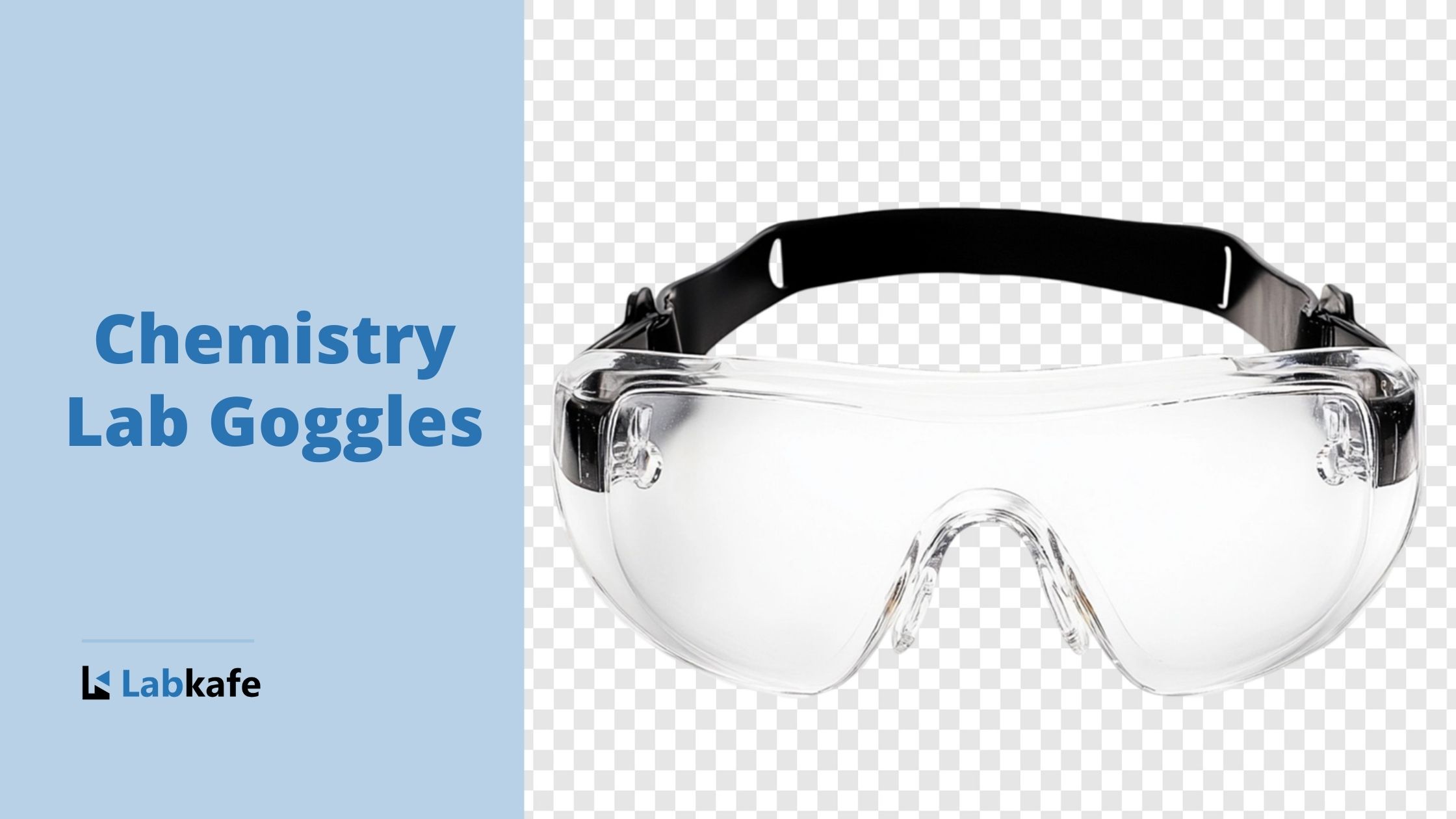
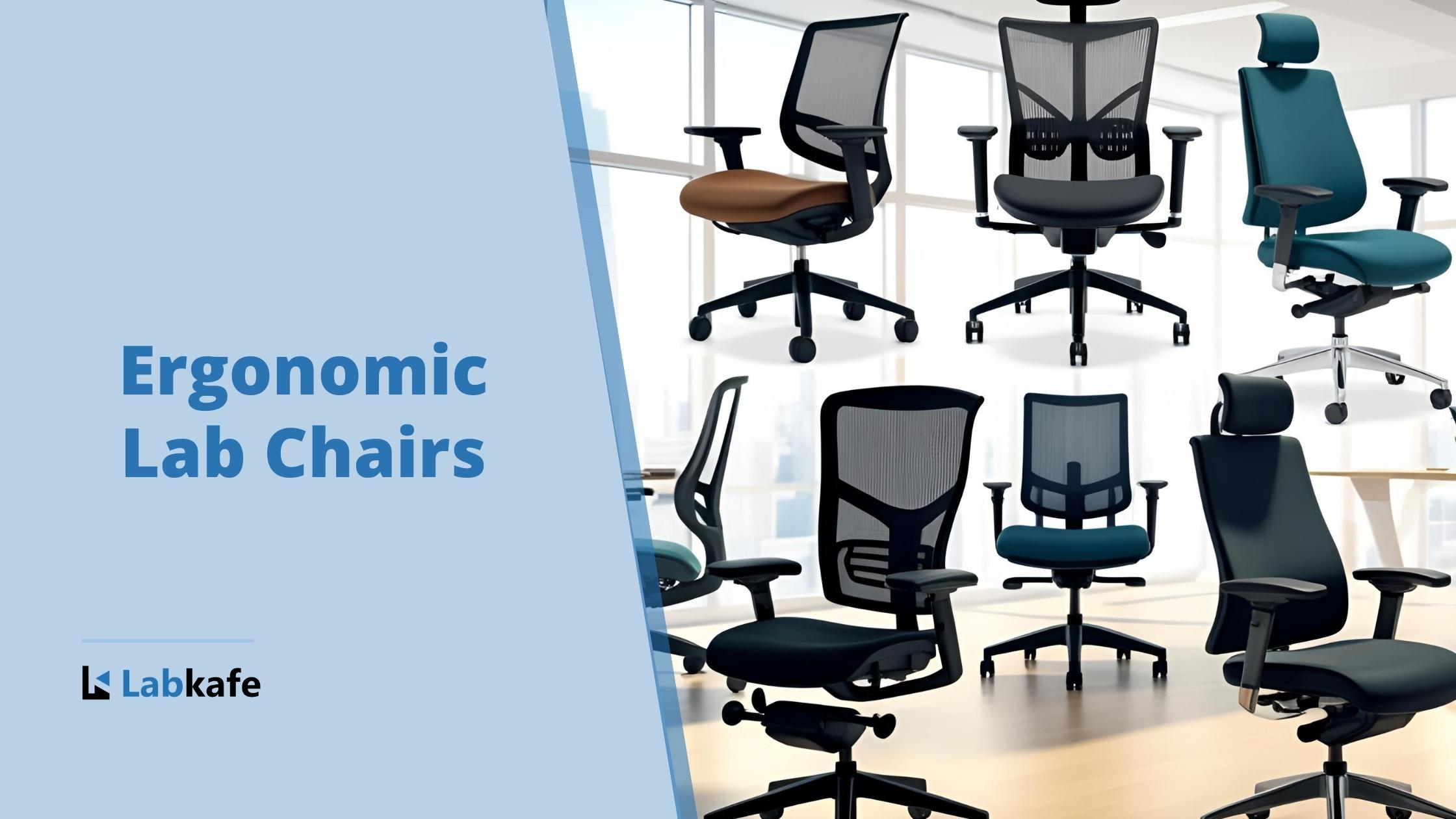






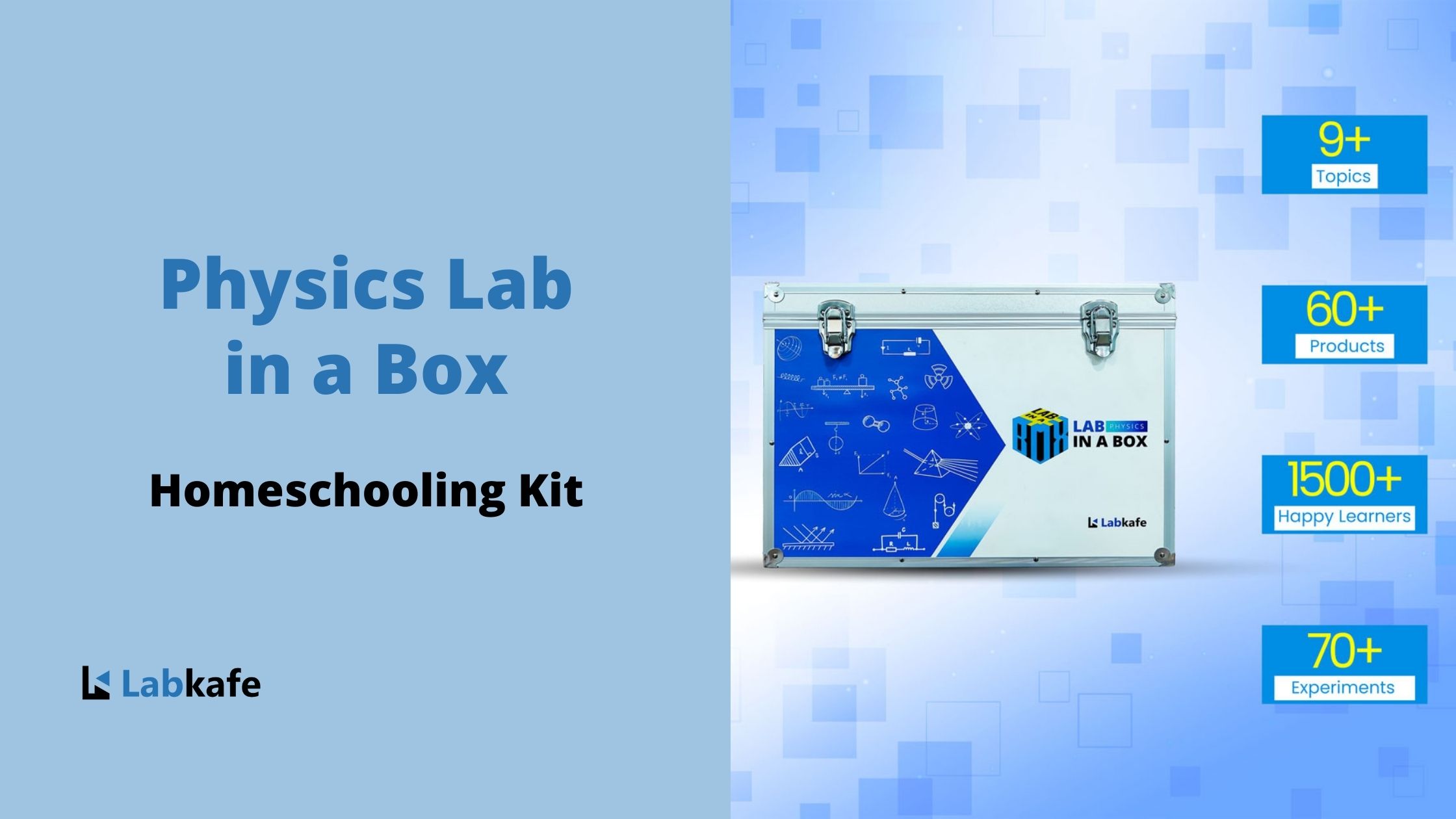
Leave a Reply